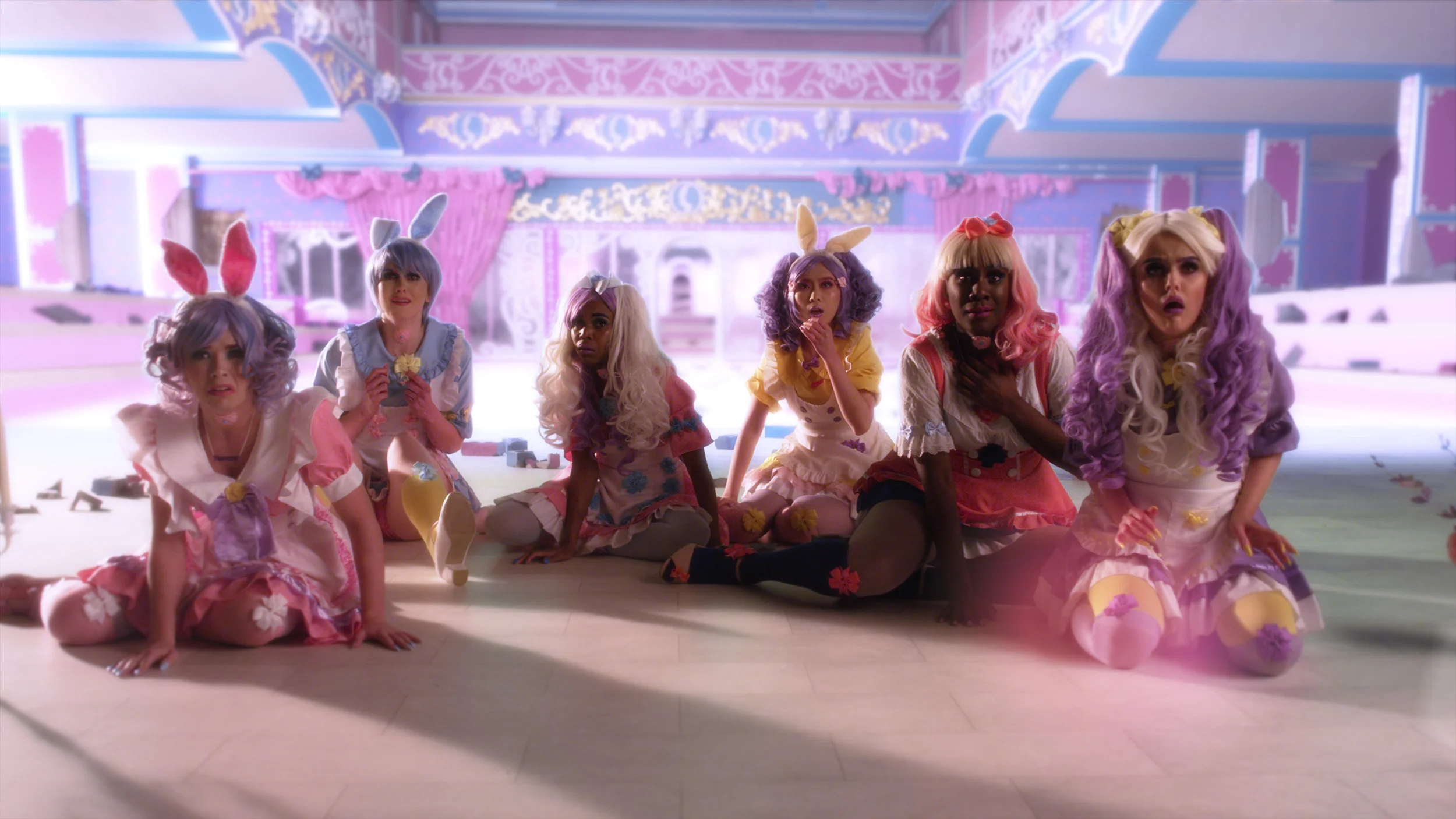“Working for Equality: The Fight for Fair Pay and Equal Rights” Working Women of the 20th Century
The East End Women’s Museum is a public history project that aims to share and celebrate empowering and inspiring stories of women across east London.
Their project “Working for Equality: The Fight for Fair Pay and Equal Rights” explores the 50 years of struggle for working women in the UK during the 20th century, specifically looking at the women’s factory history in Barking and Dagenham. The purpose of this project is to identify the threads that connect the suffragettes campaign during the First World War and the Ford strikes in 1968. During the wartimes in the 1910s and 1940s, it was very common for women to contribute as engineers, chemical analysts and industrial physicists. It was viewed by society as heroic and had been greatly praised. However, during the peacetime, especially the period right after the First and Second World War, working women were pressured by union leaders, politicians and employers into working in households again. They were steered away from the skilled, technical and management jobs and were made to do dull and repetitive work.
In 1920, benefit sanctions were introduced if a woman declined a domestic service job. Not only were these women directly steered into doing their, at the time, regular chores, but were dismissed or forced to resign if they got married or pregnant. Moreover, women that managed to continue to do their profession faced sexual harassment and discrimination. Women of colour experienced this even worse of course. They were also paid half the wage a man was.In 1968, Dagenham women sewing machinists were told that their work will be classified into Category B (“less skilled production jobs”) instead of Category C (“more skilled production jobs”). Moreover, in that category, they were going to be paid 15% less than men. It was very common to pay women less, regardless of the hard skills involved. Sewing machinists striking for equal pay in the streets of London.
Thus, on June 7, 1968, women sewing machinists at the Ford motor factory in Dagenham held a strike on the streets of London for equal pay. It ended three weeks later and immediately resulted in an increase in their pay rate by just 8% below that of men. In the following year, their job was classified into the Category B. And in 1970, the Ford Dagenham sewing machinist’s strike inspired the most important event in the history of women’s rights activism, the passing of the Equal Pay Act. The Act eliminated unequal treatment and pay between men and women. Unfair pay was merely a part of the struggles working women faced during the 20th century. By the end of the 19th century, in several countries women had gained the right to vote. However, Britain was not one of them. Thus, in 1903, Emmeline Pankhurst formed the Women’s Social and Political Union (WSPU), a women-only movement that rebelled against the injustice and unequal rights towards them, specifically the right to vote. The WSPU began the suffragette campaign. Members of the WSPU organisation holding their iconic banner “Votes for Women”. The term “suffragettes” referred to the rebellious members of this group who actively fought for women’s right to vote in public elections.
During the campaign, the suffragettes attempted to storm the parliament, battled with the police and vandalised the buildings and streets in demonstration for equal rights. The members were attacked and sexually assaulted by the police and were hated and ridiculed by the media. In 1914, the campaign had been brought to a halt when the First World War began. But after the war the Representation of the People Act was passed and gave women over the age of 30 who had certain qualifications the right to vote. And with the Representation of the People (Equal Franchise) Act passed in 1928, all women over 21 gained the right. 2018 is the 50th anniversary of the Ford Dagenham sewing machinist’s strike that inspired the Equal Pay Act. The machinists also motivated women trades unionists to hold an “equal pay demonstration” in Trafalgar Square in 1969. And the suffragettes campaign triggered the electoral equality with men. These milestones have become important symbols of the 20th century women’s activism. Today, they are considered sources of local pride, especially in east London.
This is damning evidence that it is indeed possible for us to make a change and to gain equality and justice. It is possible to move a nation, to help pass a revolutionary law and make the world a better place. As the WSPU motto was: “deeds, not words”, we need to do the work ourselves and take direct action in the strong belief that we have the ability to make that change.







